California-based aviation startup Alef Aeronautics has stated that it has received orders for over 2,800 of its under-development, two-seater flying car, the Alef Model A.
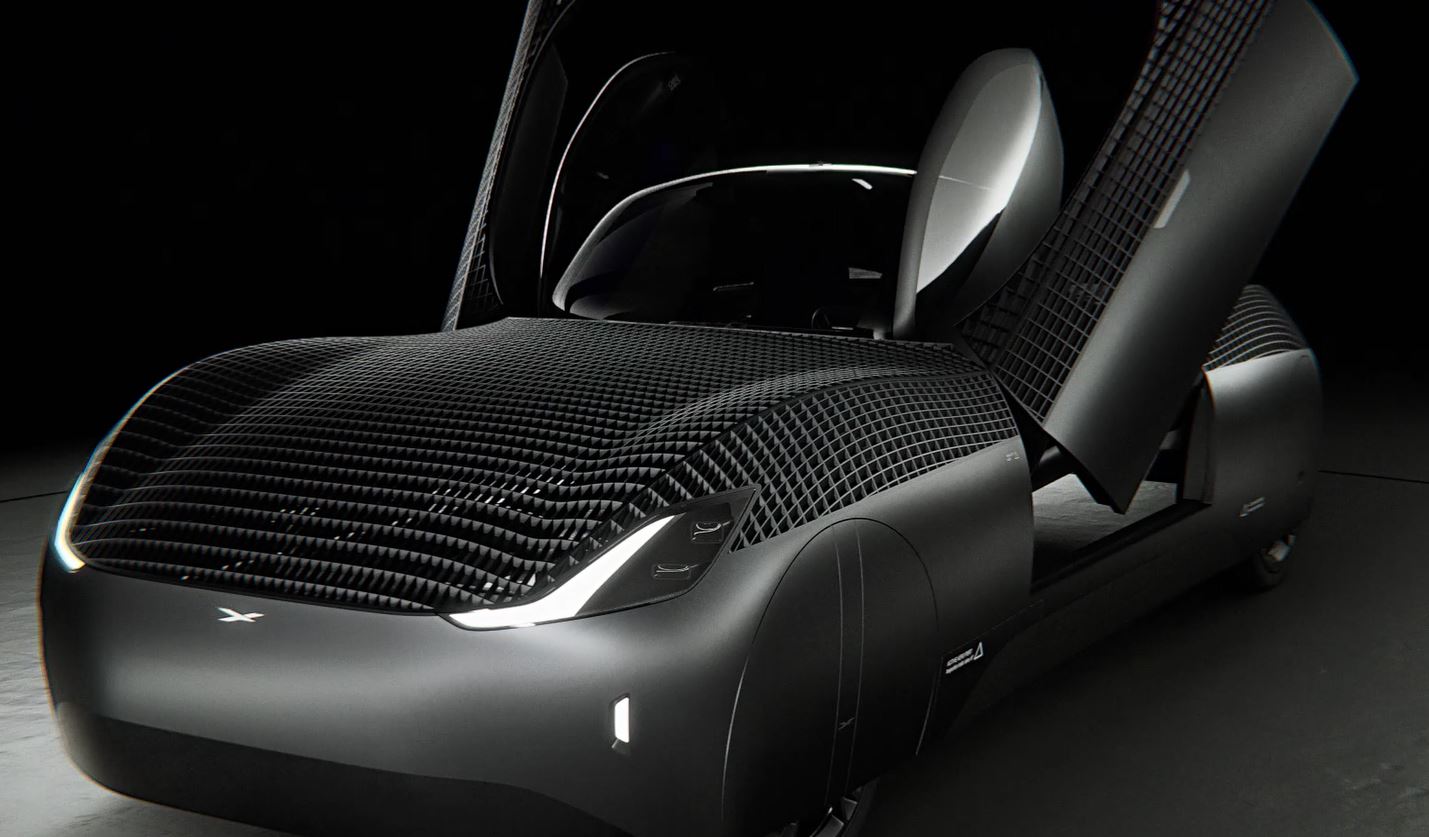
The first working prototype of the Alec Model A was unveiled last September at the Detroit Auto Show. The car is one of the most promising attempts at creating an electric vertical take-off and landing (eVTOL) aircraft available to the public.
Several other companies are racing alongside Alef Aeronautics to develop flying cars and eVTOL aircraft. Compared to its competitors, Lillium and Joby Aviation, Alef Aeronautics stands out because of the fledgling company's funding source for research and development.
Alef is backed by investor Tim Draper, who previously funded Tesla and SpaceX when both companies were in their infancy, helping propel Elon Musk into the limelight and popularizing electric cars.
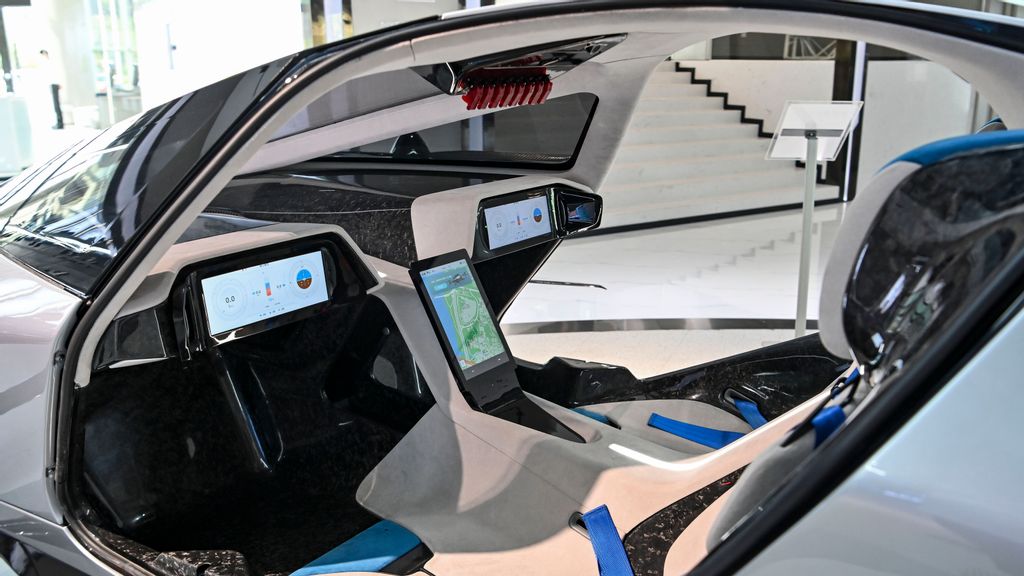
Preorder and Release
At the Mobile World Congress in February of this year, Alef CEO Jim Dukhovny stated in an interview with CNBC that the company had achieved "...a little bit more than 2,850 pre-orders... deposits down..." Dukhovny noted the number of pre-orders for his company's flying car makes it the bestselling aircraft in history "more than Boeing, Airbus, Joby Aviation, and most of the eVTOLs [electric vertical take-off and landing vehicles] combined."
The Model A is currently available for pre-order on the Alef Aeronautics website, with two pre-order options available. The cheaper $150 option is for the "general queue," while those wishing to pay the $1500 for the "priority queue" will receive their flying cars first.
Dukhovny stated in the same CNBC interview, "...it's gonna be very slow...one then more and then more...if everything goes right, we plan to, and if we have enough funding...we plan to start production of the first one [Alef Model A] by the end of 2025..."
Alef Aeronautics will charge customers $300,000 for the Model A when it is commercially available. This gives the car a combined "order value" of over $850 million.
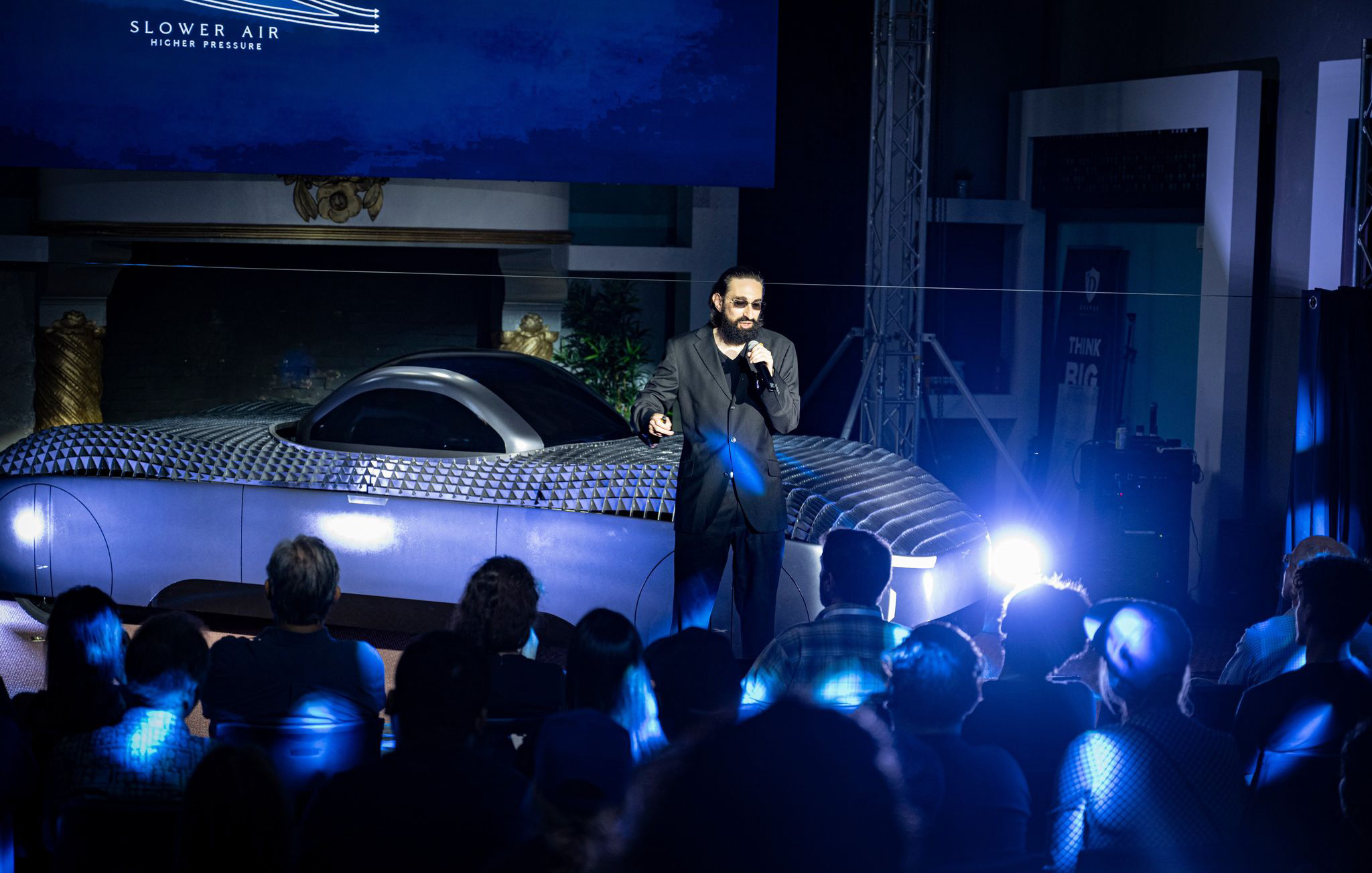
The Alef Model A
Unlike other eVTOL vehicles, the Alef Model A is mainly designed to drive on roads, with a top speed of between 25 and 35 miles per hour (40 and 56 kilometers per hour). Despite featuring a design resembling a conventional car, the Model A has a flying range of 110 miles (177 kilometers). After liftoff, the vehicle turns on its side while the seating area moves so the driver can face forward and fly the vehicle.
The futuristic-looking mesh design on the top and bottom of the car plays a vital role in the vehicle's design. The mesh design provides air to be fed to the flying car's eight propeller motors in the front and back of the vehicle and allows air to flow through the car when it's flying facing forward, mimicking a bi-plane design. The vehicle will take off vertically and then rotate on its side.
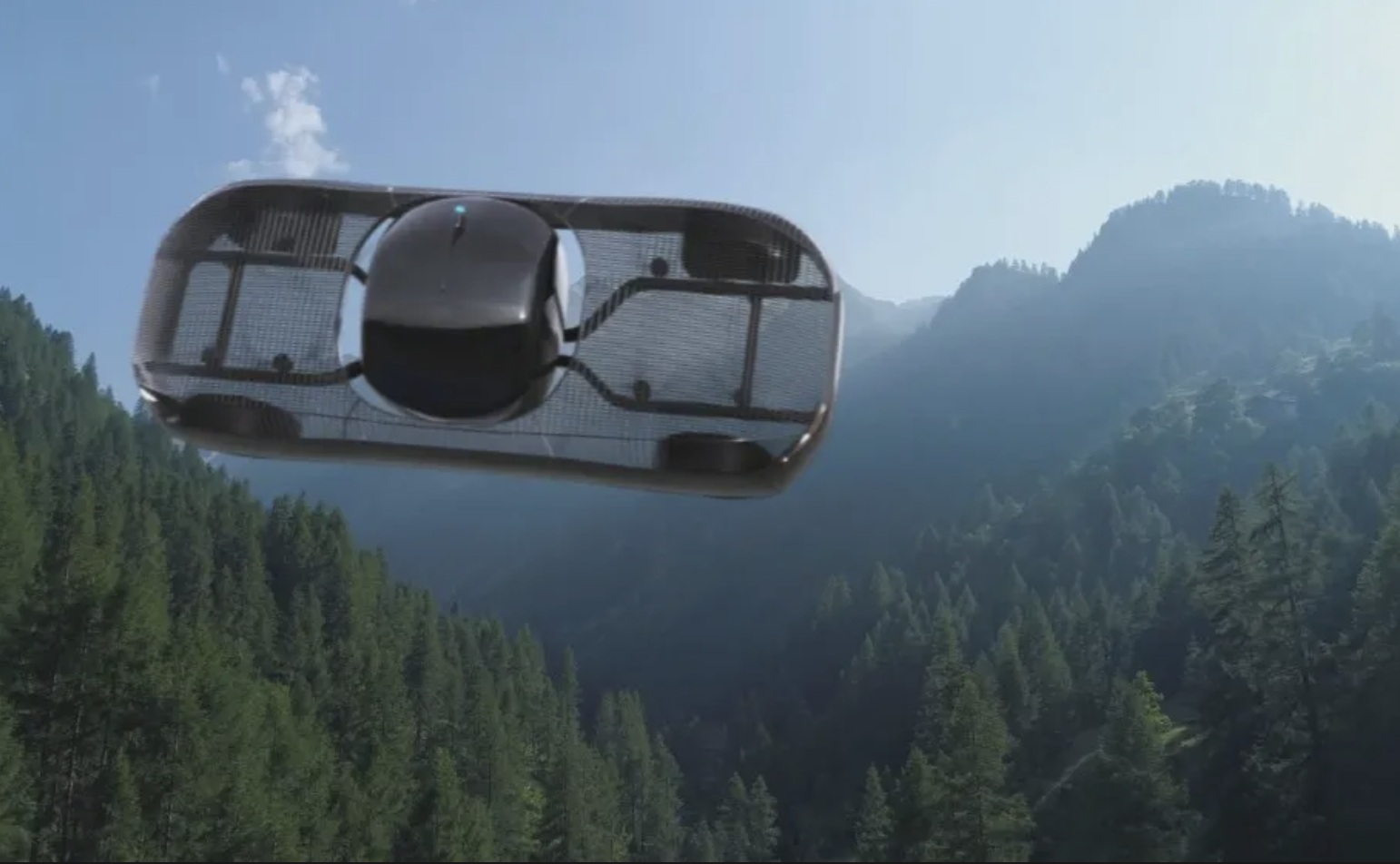
The Alef Model A weighs only 850 pounds (386 kilograms). This means that in the United States and Canada, the car is classified as an "ultralight" aircraft, leading the aircraft to be classified in the same category as golf carts and other small electric vehicles. In 2023, the Federal Aviation Administration (FAA) granted Alef Aeronautics a special airworthiness certificate, allowing the vehicle to go through the testing process. Now, the car's various prototypes are undergoing testing and research in and around Silicon Valley for further development.
Dukhovny has stated that Alef's main target demographic for the car is commuters in congested cities. Still, there are valid concerns about what the car will do for air safety in and around cities.
Alef Aeronautics is also working on the development of a four-person sedan (also a flying car/eVTOL), the Model Z, which the company is hoping to launch by 2035 for $35,000 - the same price as a lower-end electric car or hybrid vehicle today.
Unruly Passenger Incident Leads to Operational Suspension, Potential Aircraft Seizure in Mozambique » SpaceX Rocket Debris Forces Flight Delays for Qantas and SAA on Australia-South Africa Routes » 4-Hour Flight Airborne for Nearly 8 Hours Following "Stabilizer Issues" »
Comments (1)

Add Your Comment
SHARE
TAGS
NEWS Alef Aeronautics Alef Flying Car Startup Technology Innovation eVTOL Electric Aircraft California FutureRECENTLY PUBLISHED
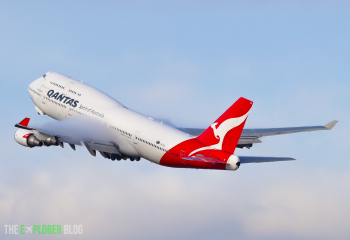 SpaceX Rocket Debris Forces Flight Delays for Qantas and SAA on Australia-South Africa Routes
Qantas and South African Airways (SAA) have faced flight delays and cancellations on their routes between Australia and South Africa due to falling debris from SpaceX rockets, Elon Musk's aerospace company.
NEWS
READ MORE »
SpaceX Rocket Debris Forces Flight Delays for Qantas and SAA on Australia-South Africa Routes
Qantas and South African Airways (SAA) have faced flight delays and cancellations on their routes between Australia and South Africa due to falling debris from SpaceX rockets, Elon Musk's aerospace company.
NEWS
READ MORE »
 Jeju Air Black Box Flight Recorders Failed Minutes Before South Korean Plane Crash
The black boxes of the Jeju Air Boeing 737-800 aircraft that crashed several weeks ago in Muan, South Korea, stopped working during the last four minutes of the flight. The crash killed 179 of the 181 people onboard. Without the flight data and cockpit voice recorders, investigators now face a significant setback as they lack crucial information that promised to shed light on the incident.
NEWS
READ MORE »
Jeju Air Black Box Flight Recorders Failed Minutes Before South Korean Plane Crash
The black boxes of the Jeju Air Boeing 737-800 aircraft that crashed several weeks ago in Muan, South Korea, stopped working during the last four minutes of the flight. The crash killed 179 of the 181 people onboard. Without the flight data and cockpit voice recorders, investigators now face a significant setback as they lack crucial information that promised to shed light on the incident.
NEWS
READ MORE »
 4-Hour Flight Airborne for Nearly 8 Hours Following "Stabilizer Issues"
A Boeing 737-800 registered to UT Air made an emergency landing on January 7th. The flight, UT Air Flight 881, reportedly experienced "stabilizer issues" mid-flight, causing the aircraft to divert to Moscow Vnukovo Airport (VKO) 6 hours and 50 minutes after takeoff. None of the 173 passengers onboard were injured.
NEWS
READ MORE »
4-Hour Flight Airborne for Nearly 8 Hours Following "Stabilizer Issues"
A Boeing 737-800 registered to UT Air made an emergency landing on January 7th. The flight, UT Air Flight 881, reportedly experienced "stabilizer issues" mid-flight, causing the aircraft to divert to Moscow Vnukovo Airport (VKO) 6 hours and 50 minutes after takeoff. None of the 173 passengers onboard were injured.
NEWS
READ MORE »





